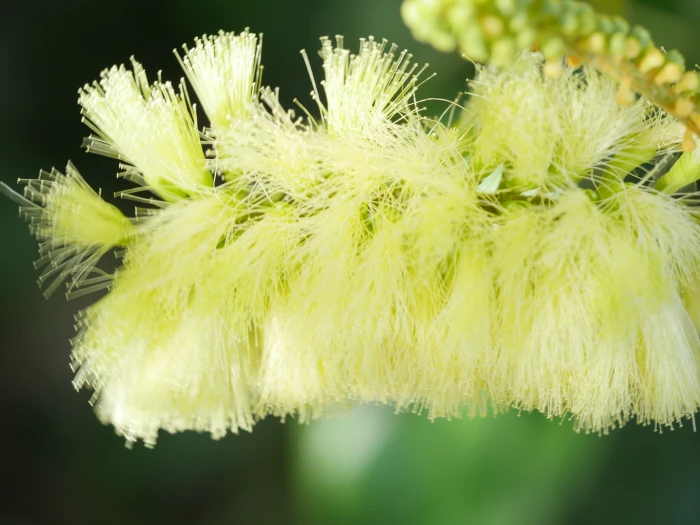Plume Acacia
(Paraserianthes lophantha)
Plume Acacia (Paraserianthes lophantha)
/
/

Bruce Calvert
CC BY 4.0
Image By:
Bruce Calvert
Recorded By:
Copyright:
CC BY 4.0
Copyright Notice:
Photo by: Bruce Calvert | License Type: CC BY 4.0 | License URL: http://creativecommons.org/licenses/by/4.0/ | Rights Holder: Bruce Calvert | Publisher: iNaturalist | Date Created: 2017-04-19T14:42:38-07:00 |
























































Estimated Native Range
Climate Requirements for Richmond, Virginia
| This Plant | Your Site | Plant Suitability for Your Location | ||
|---|---|---|---|---|
| • Precipitation | 1" - 137" | 43" | Aquatic | Aquatic |
| • High Temp. | 45°F - 110°F | 90°F | Your summer temperatures are normal for this plant. | Excellent |
| • Low Temp. | 18°F - 73°F | 27°F | Your winter temperatures are normal for this plant | Excellent |
This plant may not grow well at your location - your precipitation is too high.
Summary
Paraserianthes lophantha, commonly known as Plume Acacia, is an evergreen or semi-deciduous tree native to the coastal regions, open woodlands, and forest margins of Southwest Australia and the islands of Southeast Asia. It can grow rapidly, reaching an uppermost height of approximately 5 meters with a similar spread, and is characterized by its feathery foliage and creamy-yellow, bottlebrush-like flowers that bloom in winter and spring, providing a showy display. The flowers are followed by flat seed pods that are also quite distinctive.
Plume Acacia is valued for its fast growth and ornamental flowers, making it a popular choice for urban landscapes, parks, and as a screen or hedge in gardens. It is relatively easy to maintain, requiring only occasional pruning to shape and manage its size. This species prefers full sun exposure and is adaptable to a range of soil types, provided they have medium to fast drainage. While it is drought-tolerant once established, it benefits from medium amounts of water during dry periods. Gardeners should be aware that it can become weedy and invasive in some regions, so it is important to monitor and manage its spread.CC BY-SA 4.0
Plume Acacia is valued for its fast growth and ornamental flowers, making it a popular choice for urban landscapes, parks, and as a screen or hedge in gardens. It is relatively easy to maintain, requiring only occasional pruning to shape and manage its size. This species prefers full sun exposure and is adaptable to a range of soil types, provided they have medium to fast drainage. While it is drought-tolerant once established, it benefits from medium amounts of water during dry periods. Gardeners should be aware that it can become weedy and invasive in some regions, so it is important to monitor and manage its spread.CC BY-SA 4.0
Plant Description
- Plant Type: Shrub, Tree
- Height: 6-45 feet
- Width: 5-24 feet
- Growth Rate: Moderate
- Flower Color: Cream
- Flowering Season: Winter, Spring
- Leaf Retention: Evergreen
Growth Requirements
- Sun: Full Sun
- Water: Medium
- Drainage: Medium, Fast
Common Uses
Rock Garden
Natural Habitat
Coastal regions, open woodlands, and forest margins of Southwest Australia and the islands of Southeast Asia
Other Names
Common Names: Plume Albizia, Brush Wattle, Crested-Wattle, Stink-Bean, Australian Albizia, Cape Leeuwin Wattle, Cape-Wattle, Stinkboon, Rumsakacia
Scientific Names: Albizia distachya, Paraserianthes lophantha, Albizia lophantha, Acacia lophantha, Paraserthianthes lophantha, Acacia vulcanica, Feuilleea distachya, Mimosa lophantha, Sericandra lophantha
GBIF Accepted Name: Paraserianthes lophantha (Willd.) I.C.Nielsen